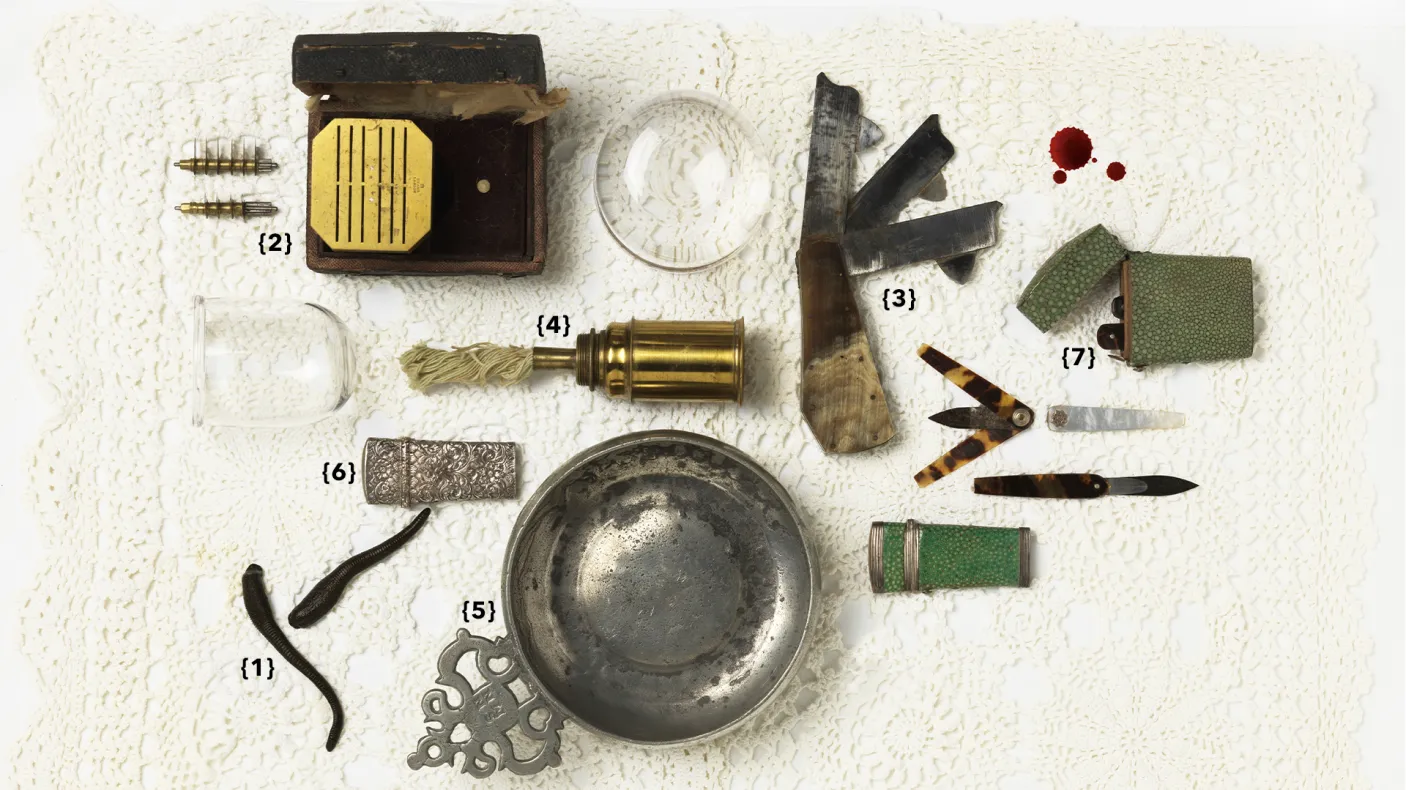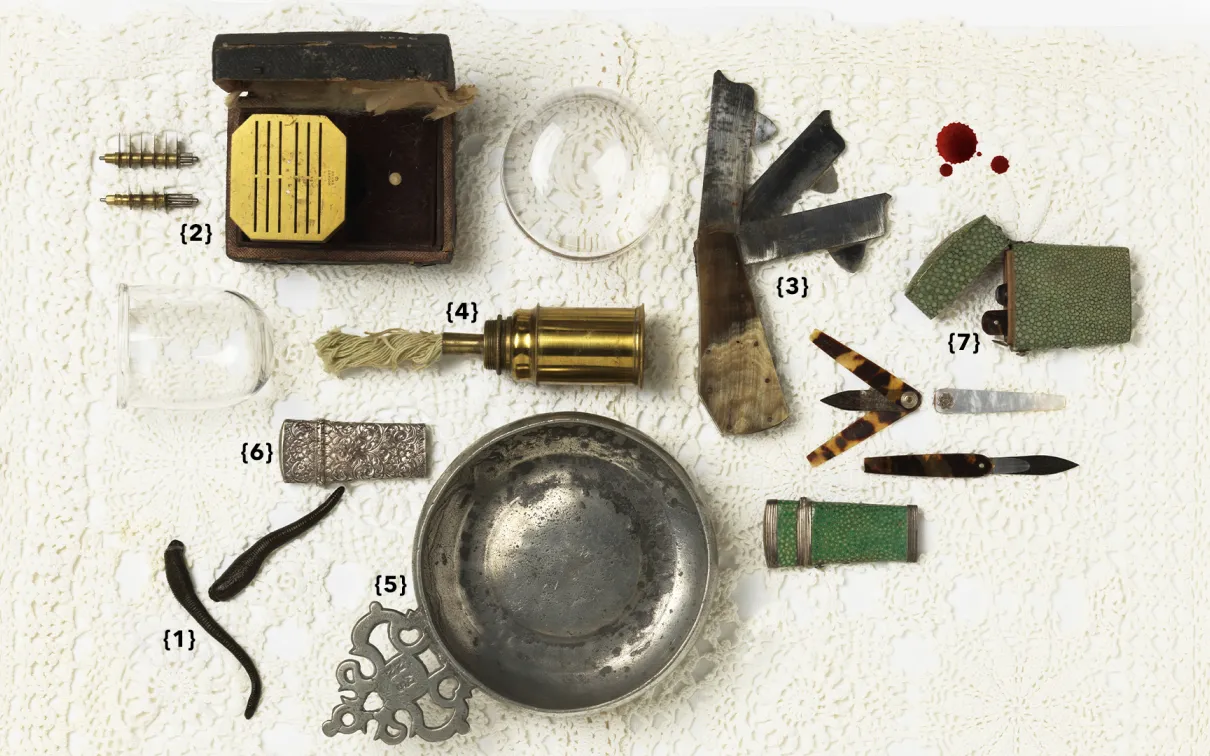Bloodletting 101
A closer look at the dubious medical practice from the early 19th century.
Published
Category
Author
Bloodletting for medical cures
Bloodletting for medical cures can be traced as far back as 3,000 years ago. In Ancient Greece, it was thought that disease stemmed from an imbalance in one or more of the body’s four basic humours (blood, black bile, yellow bile, and phlegm), leading to the popularity of exsanguination as a medical remedy.
The practice became common in the late 18th and early 19th centuries, and a variety of tools were employed–from needles to lancets to specially designed scarificators that would spring multiple blades for venesection with the touch of a button. At one point in the 19th century, France and England were importing millions of leeches for medical treatments.
Eventually, with the advancement of scientific studies, the practice of bloodletting fell out of favour. Today, the Hirudo medicinalis is an FDA-approved species of leeches recommended more for the anticoagulant nature of its saliva than its bloodsucking attributes.
Sheeza Sarfraz
Sheeza Sarfraz is Manager of Publishing at ROM.
For more, visit Bloodsuckers: Legends to Leeches on view at the ROM until March 22, 2020.


